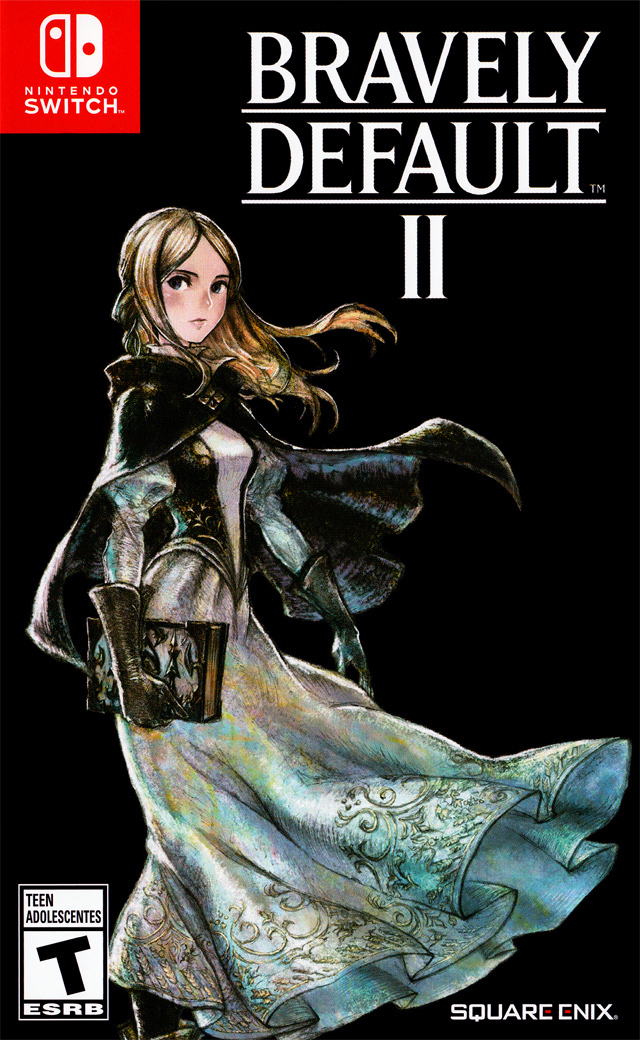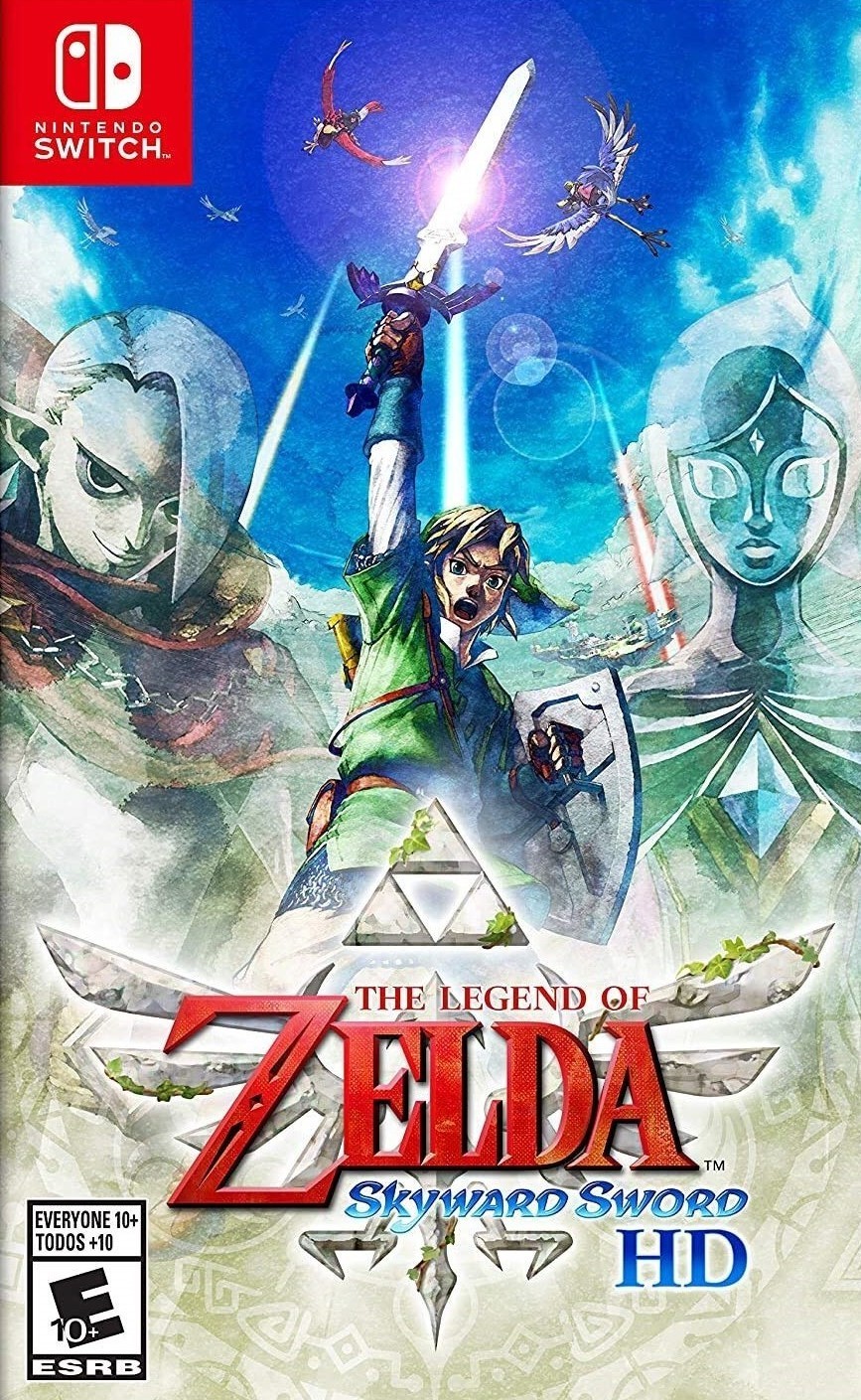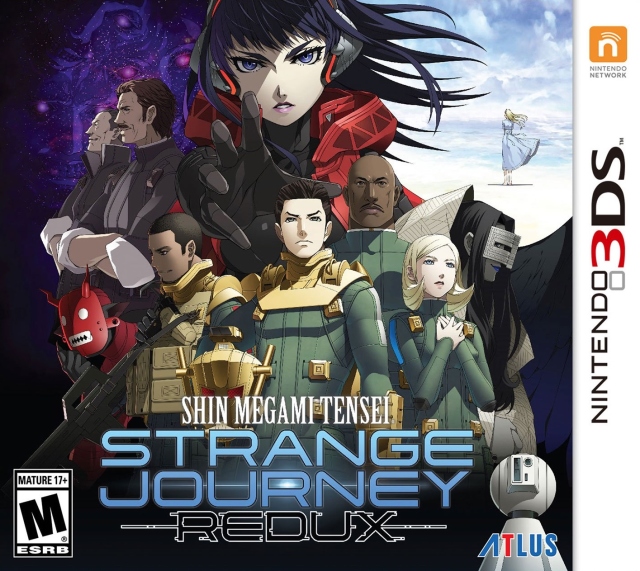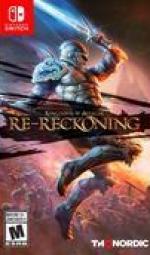Deep Look - Bravely Default II
Oct. 30th, 2021 07:58 pm
Bravely Frustrating
In 2012, Square-Enix published the Nintendo 3DS title Bravely Default, which many videogame critics hailed as a throwback to instalments of the Final Fantasy franchise of old. It would receive a sequel for the system, Bravely Second, which continued the story of its precursor. The Nintendo Switch would take the 3DS’s place as a hybrid handheld and home console, with the company releasing Bravely Default II, which has no connection to the original game or its direct sequel, and continues the franchise’s tradition of turn-based battles with an emphasis on classes. It also sports some interesting changes, but are they for the better?
As mentioned, Bravely Default II, much akin to its brethren franchise Final Fantasy, has no narrative connections to other games in the franchise, and follows four playable protagonists: the enigmatic main character Seth, the refugee princess Gloria, the traveling scholar Elvis, and the mercenary Adelle. They embark on a quest to retrieve four elemental crystals while dealing with adversaries who utilize Asterisks, giving characters the ability to change classes. The sequel isn’t shy about its story’s resemblance to that of the original Final Fantasy, and is one of its primary detriments, although the background is decent.
The localization is mostly legible, although terrible decisions such as naming one of the protagonists “Elvis” really distracts from its okay quality, along with unnatural dialogue like “Protect! Protect! Protect!” and so on. The old-world speak is decent, and there’s a notable deficit of spelling and grammar errors, but the translation team could have given this aspect a once-over.
That leaves the gameplay to shoulder the burden, with the general mechanics containing many similarities to the prior two entries of the series. Rather than having an adjustable encounter rate, however, this entry contains visible enemies wandering dungeons and the overworld, with fights naturally triggered through contact, Seth able to slash foes on the field to give his party the advantage. Battles start with Seth’s party facing an entourage of enemies, with speed determining turn order, this mechanic somewhat different from the traditional turn-based structure of prior games. Characters and foes instantly execute their commands, akin to titles such as Final Fantasy X.
Rather than having a turn order gauge, however, Bravely Default II opts for having enemies show exclamation point icons to indicate their turns are imminent, with Seth and his party having active time gauges that determine which character goes when, and given some necessary foresight, an actual meter showing command order would have definitely been welcome. The sequel sports mechanics bequeathed from its precursors such as being able to Default, which serves as defense and accumulating one Brave Point, characters and enemies able to have a maximum of three Brave Points, and able to get extra commands within their turns.
As in prior entries, the game caps the number of executable orders per character and enemy turn at four, and it’s possible for both sides to have negative Brave Points, where they have to wait until reaching zero, recovering one Brave Point per turn, until they are able to execute another command. Much of the gameplay meat comes from the Asterisks the player acquires from defeating bosses who have them, which allows Seth and his companions to change classes, each with twelve abilities, passive and active, that they learn through leveling the class until mastery at level twelve for each vocation.
Characters have standard experience levels alongside class levels, with victory against the toughest bosses far more dependent upon which abilities the player has from their classes. Commands aside from Defaulting and executing supplemental turns include attacking with equipped weapons, using HP or MP-consuming abilities obtained through class mastery, using consumable items, or attempting to escape from the enemy, which naturally doesn’t work all the time, particularly against foes whose levels are on par or higher than the player’s. Victory nets all characters who are still alive base level and class experience, as one would expect.
Outside battle, characters can equip a subclass in addition to a primary class, which allows them to access that subclass’s abilities provided they have acquired a few levels in the vocation. For instance, players can have a fighting monk that can cast the white mage’s healing spells. Furthermore, the player can adjust the difficulty level, although even on Casual mode, bosses can still be walls preventing players from advancing the main storyline, having tons of HP, powerful enemies fighting alongside them, lots of cheap tricks, and taking upwards to an hour to complete, with failure resulting in an unceremonious Game Over and trip back to the title screen, largely necessitating online guides for strategies.
Control is superficially decent, with a fair save system, skippable cutscenes, clear direction on how to advance the central storyline and even subquests, auto-dash, the ability to see how prospective equipment affects stats before purchasing it, easy menus, a skill allowing to see how many treasure chests remain in an area, and so forth, although dungeons would have seriously benefitted from maps, their absence inexcusable given that even games from several generations past such as The Legend of Zelda: A Link to the Past had this feature. There are also plentiful load times, unskippable startup company screens, and the absence of a soft-reset or actual ability to pause the game, but in the end the controls are passable at best.
The soundtrack is probably the strongest aspect of Bravely Default II, with a number of solid tracks such as the overworld theme’s variations, the town themes, the battle music, and so forth. Sound effects are believable as one would expect from a game of its time, and there is voice acting as well, though its quality is somewhat mixed, especially in the case of a few annoying accented characters such as Elvis, who sounds somewhat like the eponymous ogre from the Shrek films.
The visuals are more of a mixed bag, with a three-dimensional chibi style similar to prior games in the franchise, which generally look decent, although there are some hiccups such as the player’s characters and enemies not making contact when attacking one another, some blurry and pixilated texturing, and a great deal of choppiness that somewhat bring them down.
As I didn’t complete the game, I can’t accurately gauge the time necessary to play it to completion, although at twenty-three hours, I was still partway through the second of seven chapters, so one can expect to spend quite a while if they wish to see it through to the end.
In the end, Bravely Default II is another Japanese RPG that I really wanted to like, but it just didn’t love me in return, given the various JRPG screw-yous in its gameplay mechanics, control issues such as the total lack of maps for dungeons, the generic narrative, mixed voice acting, and average visuals. It does have a few positive aspects such as its music, although frankly, that’s reason to purchase a soundtrack, not a videogame, and I can safely say there are far better Nintendo Switch RPGs out there, and won’t be revisiting this franchise anytime soon.
RECOMMENDED?
NO










